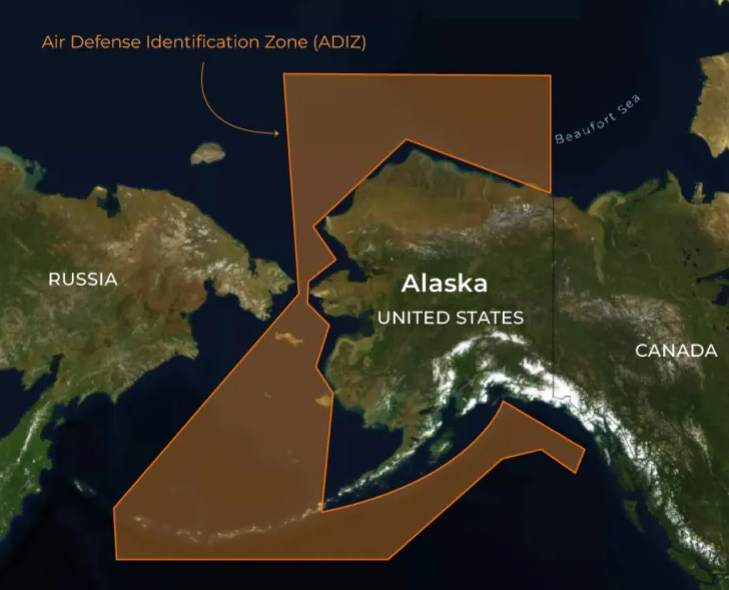
Key Points:
- The joint flight of Russian and Chinese bombers near Alaska marks the first time Chinese military aircraft have been intercepted in that region and the first instance of Russian and Chinese bombers flying together near Alaska.
- The incident highlights the deepening military partnership between Russia and China, which has raised concerns among U.S. officials about the potential threat to regional stability.
- While the bombers remained in international airspace, the joint operation demonstrated Russia and China’s growing military capabilities and willingness to challenge U.S. dominance in the Arctic.
Russian and Chinese Bombers Intercepted Off Alaskan Coast
The United States and Canada jointly intercepted four Russian and Chinese bombers operating in international airspace near Alaska on Wednesday, July 24th, 2024. This marked the first time that Chinese military aircraft had been intercepted in that region and the first instance of Russian and Chinese bombers flying together near Alaska.
The incident, which has raised concerns about growing military cooperation between Russia and China, occurred within Alaska’s Air Defense Identification Zone (ADIZ). While the aircraft remained in international airspace and did not enter U.S. or Canadian sovereign airspace, the joint flight has been described as a “testing” of U.S. defenses.
The Incident
North American Aerospace Defense Command (NORAD) detected and tracked two Russian Tupolev TU-95 strategic bombers and two Chinese H-6 bombers operating within the Alaskan ADIZ. American and Canadian fighter jets conducted the interception, escorting the bombers for approximately an hour before they left the area.
Growing Military Ties
The joint flight underscores the deepening military ties between Russia and China. While both countries do not have a formal defense treaty, their military cooperation has increased in recent years. This incident follows a series of strategic bomber patrols conducted by the two nations, including their first joint patrol in 2019.
The growing partnership has raised concerns among U.S. officials, who see it as a potential threat to regional stability. Deputy Secretary of Defense Kathleen Hicks noted the increasing Chinese military interest in the Arctic region and China’s role in funding Russian energy exploitation in the area. She also highlighted the recent combined exercises conducted by Russia and China in the same region.
Reactions and Implications
The U.S. Defense Department has described the joint bomber flights as “not a surprise,” suggesting that the operation may have been planned for some time. U.S. Defense Secretary Lloyd Austin emphasized that the U.S. “closely monitored these aircraft” and remains “at the ready.” He stated that the U.S. will continue to see “challenges from adversaries” in the region.
Senator Dan Sullivan of Alaska described the flights as an “escalation” and called for the U.S. to enhance its military capabilities and infrastructure to counter the growing threat posed by Russia and China in the Arctic.
China’s Ministry of National Defence spokesperson, Zhang Xiaogang, said the joint flight was the eighth strategic air cruise organized by the two militaries since 2019. He emphasized that the operation was “in line with international law and practice” and not intended to target any specific nation.
However, reports suggest that the Russian Ministry of Defense referred to the joint flight’s location as a new area of joint operations, indicating that the countries may plan to conduct similar activities regularly in the North Pacific and Bering Sea near U.S. territory.
